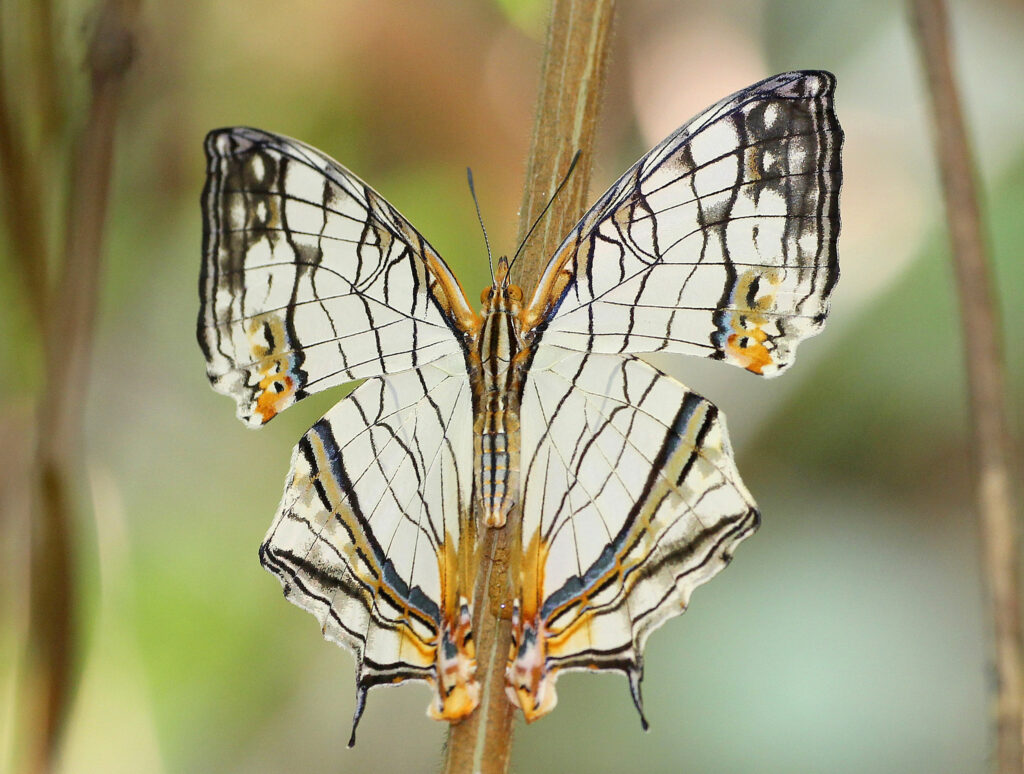In the depths of tropical rainforests, where sunlight barely penetrates the canopy above, a remarkable creature glides through the shadows with what appears to be a detailed map etched across its wings. This isn’t some fantastical tale from a children’s book — it’s the extraordinary reality of the Map Butterfly, scientifically known as Araschnia levana. While many insects rely on bright colors or intimidating patterns to survive, this enigmatic species has evolved one of nature’s most sophisticated disguises, creating wing patterns so intricate they resemble ancient cartographic masterpieces. But beneath this stunning facade lies a survival strategy millions of years in the making, one that reveals the brutal truth about life in the wild where every day is a deadly game of hide and seek.
The Master of Disguise Revealed
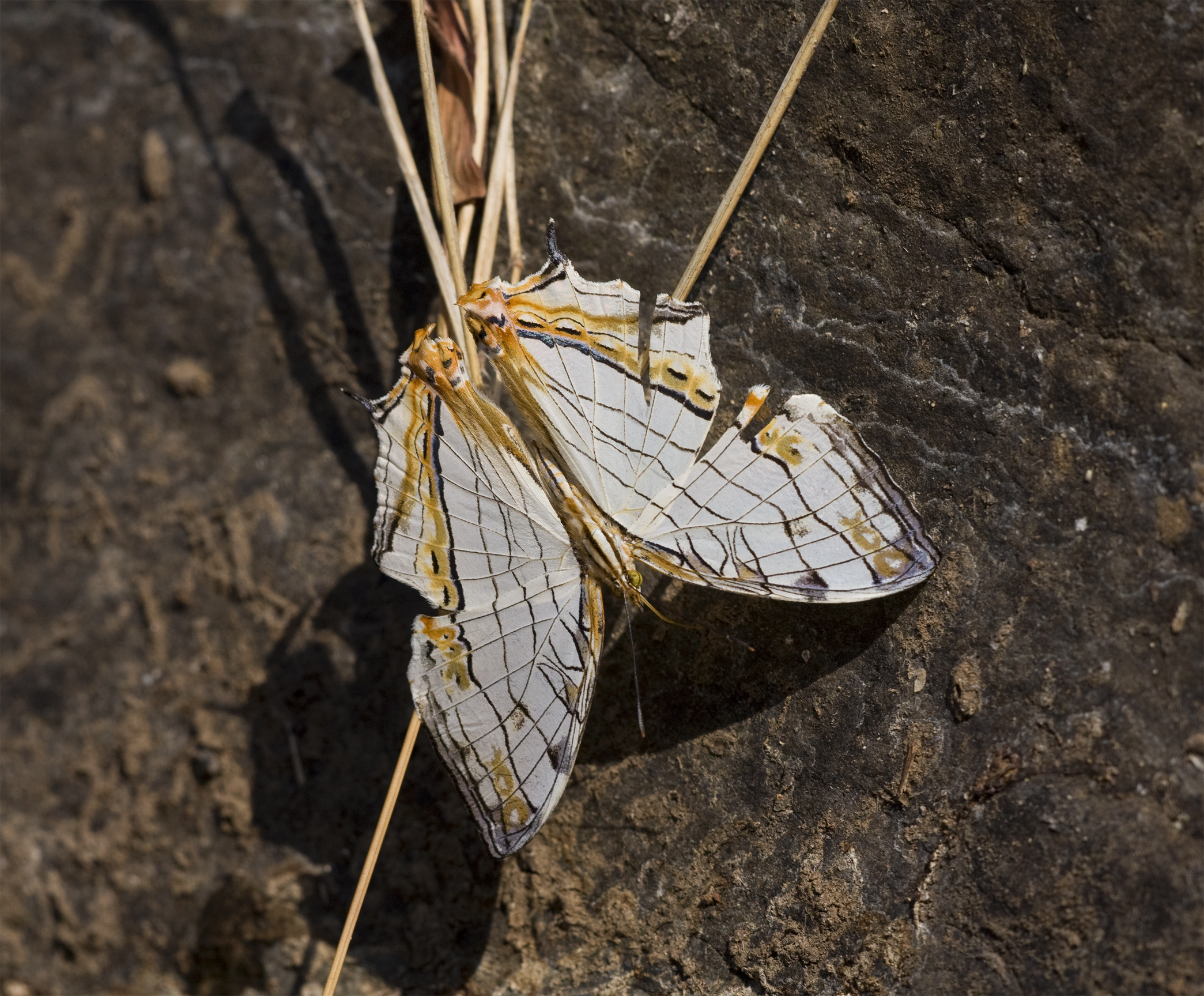
The Map Butterfly earned its name from the intricate network of lines, dots, and irregular patches that crisscross its wings, creating patterns that bear an uncanny resemblance to old-world maps complete with coastlines, rivers, and territorial boundaries. These aren’t random markings but carefully evolved designs that serve a specific purpose in the butterfly’s survival arsenal. The orange and black coloration of the spring generation contrasts sharply with the darker, more muted tones of the summer brood, creating two distinct “maps” for different seasons.
What makes this butterfly truly remarkable is how these patterns change based on environmental conditions during pupation. Temperature, daylight hours, and even humidity levels influence the final wing design, creating a natural response system that’s more sophisticated than any human-made adaptive camouflage. Scientists have discovered that these variations aren’t just random responses but calculated adaptations that help the butterfly blend into its surroundings during different times of the year.
The Science Behind the Seasonal Transformation
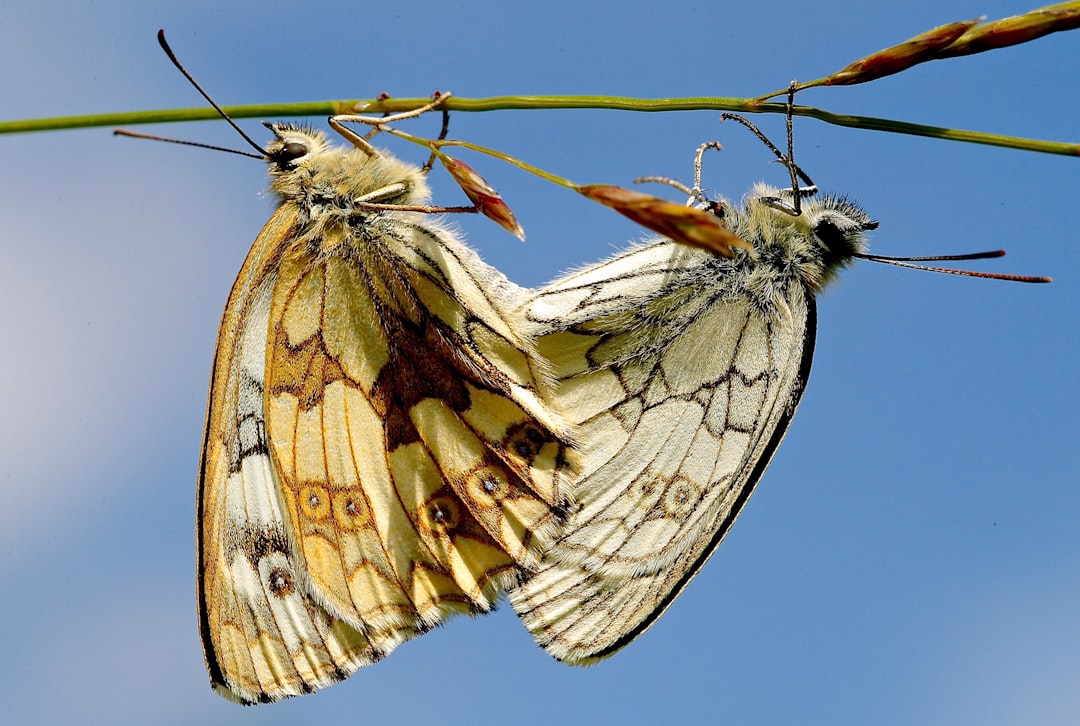
The Map Butterfly’s ability to produce dramatically different wing patterns isn’t magic — it’s a masterclass in evolutionary biology called seasonal polyphenism. During the spring emergence, longer daylight hours and warmer temperatures trigger the production of specific hormones that influence wing development, resulting in the bright orange and black “spring map” pattern. Conversely, the summer generation develops under different environmental pressures, producing darker, more subdued wing patterns that resemble dried leaves and tree bark.
This remarkable transformation occurs at the cellular level during the pupal stage, where gene expression is directly influenced by environmental cues. The butterfly’s DNA contains instructions for multiple wing patterns, but only certain genes are activated based on the conditions the developing insect experiences. Research has shown that even small changes in temperature during critical developmental windows can dramatically alter the final wing appearance.
The process involves complex interactions between hormones, proteins, and environmental factors that scientists are still working to fully understand. What we do know is that this system allows a single species to essentially become two different butterflies, each perfectly adapted to the challenges of their respective seasons.
Predators That Hunt by Sight
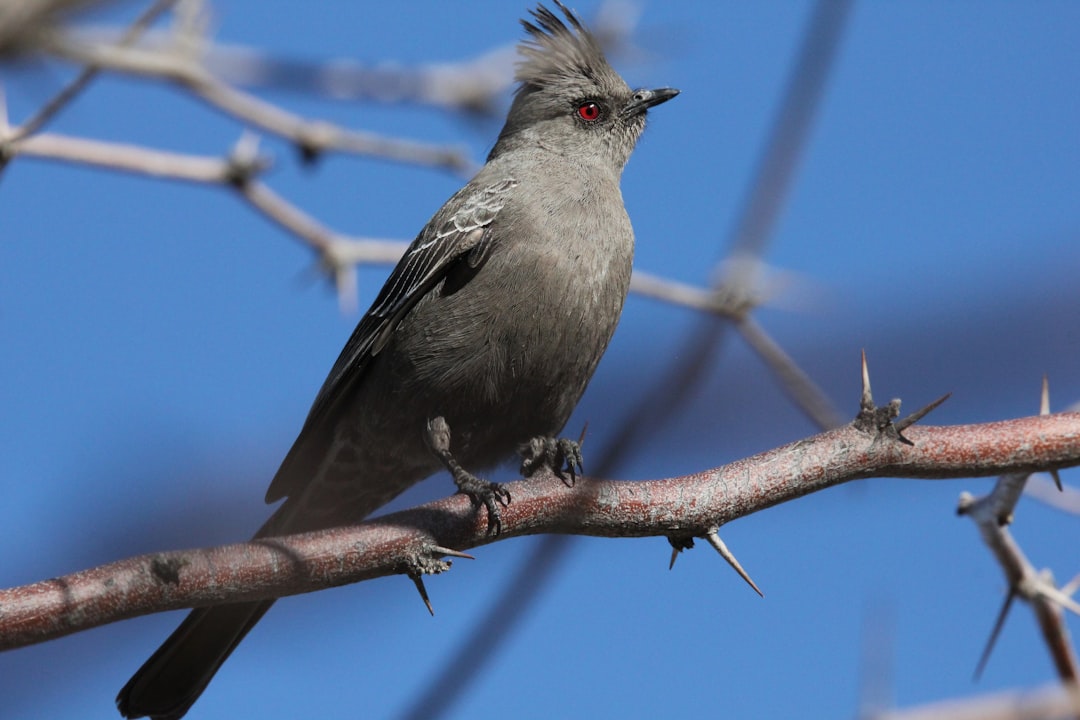
The Map Butterfly’s elaborate wing patterns serve as protection against a host of visual predators that would otherwise make quick work of these delicate insects. Birds represent the primary threat, with species like flycatchers, warblers, and finches possessing keen eyesight that can spot the slightest movement or color contrast in the forest understory. These aerial hunters rely heavily on their ability to detect the distinctive wing patterns of their prey, making camouflage a matter of life and death for butterflies.
Spiders pose another significant threat, particularly web-building species that construct their traps along flight paths commonly used by butterflies. While spiders primarily rely on vibrations to detect trapped prey, many species also use visual cues to identify potential meals and determine whether struggling insects are worth the energy expenditure to capture and consume. The Map Butterfly’s wing patterns help it avoid detection even when caught in peripheral vision.
Ground-dwelling predators such as praying mantises and robber flies also hunt butterflies using sophisticated visual tracking systems. These predators can remain motionless for extended periods, waiting for the perfect moment to strike when a butterfly ventures too close. The intricate wing patterns of the Map Butterfly help break up its silhouette, making it harder for these ambush predators to lock onto their target.
The Art of Blending Into Nature’s Canvas
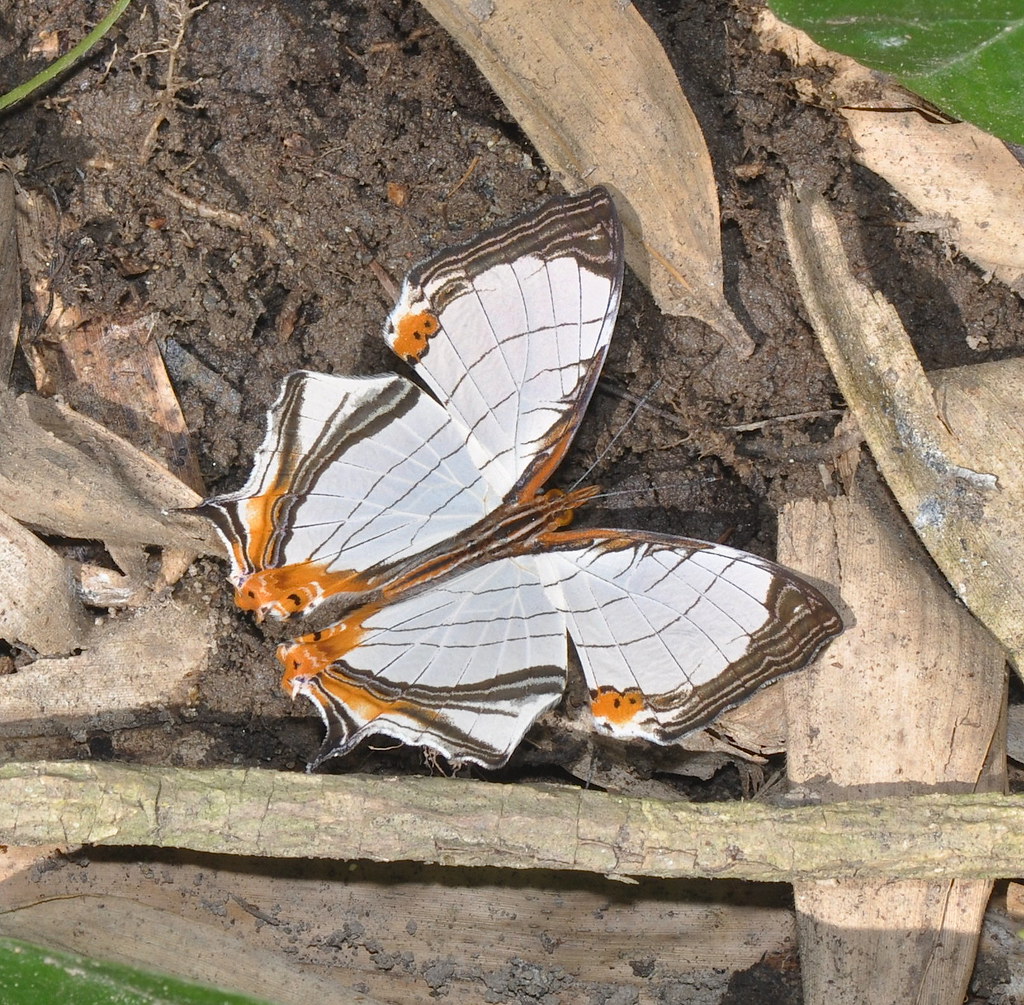
When the Map Butterfly folds its wings at rest, the underwing patterns create an almost perfect illusion of dead vegetation, complete with the irregular edges and mottled coloration that characterize decomposing leaves. This cryptic coloration extends beyond simple color matching to include texture mimicry, where the wing scales create subtle variations in light reflection that mirror the surface of natural debris. The butterfly’s ability to remain motionless for extended periods enhances this disguise, often fooling even trained naturalists who might walk within inches of a resting individual.
The positioning behavior of these butterflies is equally important to their camouflage strategy. They typically rest with their wings closed and their body oriented to match the natural angles of surrounding vegetation. This behavioral component of their disguise demonstrates that effective camouflage requires more than just appropriate coloration — it demands an understanding of how to use that coloration effectively.
Environmental factors such as lighting conditions and background vegetation influence how effectively the butterfly’s patterns work. In dappled sunlight filtering through the forest canopy, the Map Butterfly’s wing patterns break up its outline so effectively that it becomes nearly invisible to both predators and human observers.
The Chemical Warfare Hidden in Plain Sight
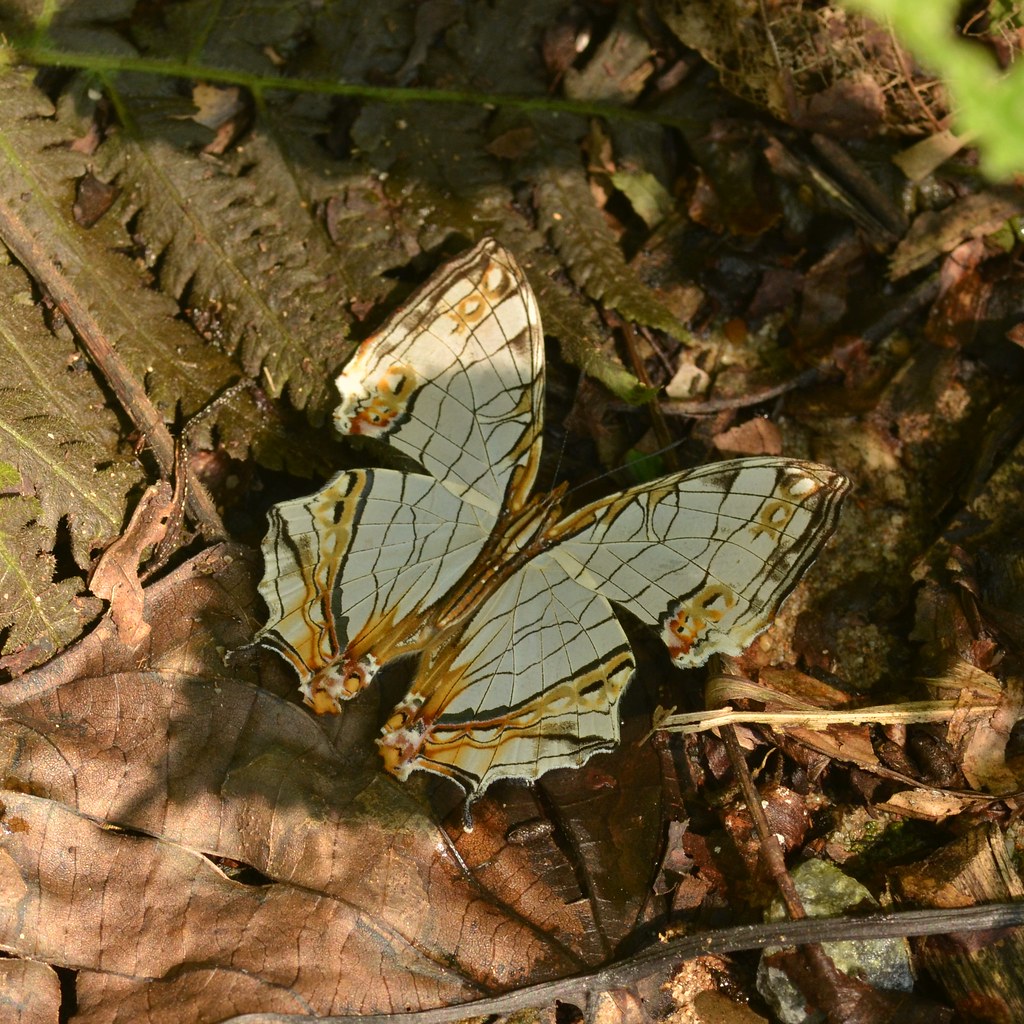
While the Map Butterfly’s visual camouflage gets most of the attention, these insects also employ sophisticated chemical defenses that work in tandem with their wing patterns. The butterfly’s larvae feed on stinging nettles, plants rich in toxic compounds that become concentrated in the insect’s tissues as it develops. These toxins make the adult butterfly unpalatable to many predators, creating a secondary defense system that kicks in if the visual camouflage fails.
The chemical defense strategy is particularly effective because it doesn’t require the butterfly to actively deploy toxins — the compounds are passively present in the insect’s body tissues. Predators that have previously encountered Map Butterflies often develop learned avoidance behaviors, recognizing the wing patterns as a warning signal rather than just camouflage. This creates a dual-purpose system where the same patterns that provide concealment also serve as aposematic warning signals.
Recent research has revealed that the concentration of defensive chemicals varies between the spring and summer generations, with summer butterflies typically containing higher levels of toxins. This seasonal variation in chemical defense may explain why the summer generation can afford to have more conspicuous wing patterns compared to their spring counterparts.
Migration Secrets Written in Wing Patterns
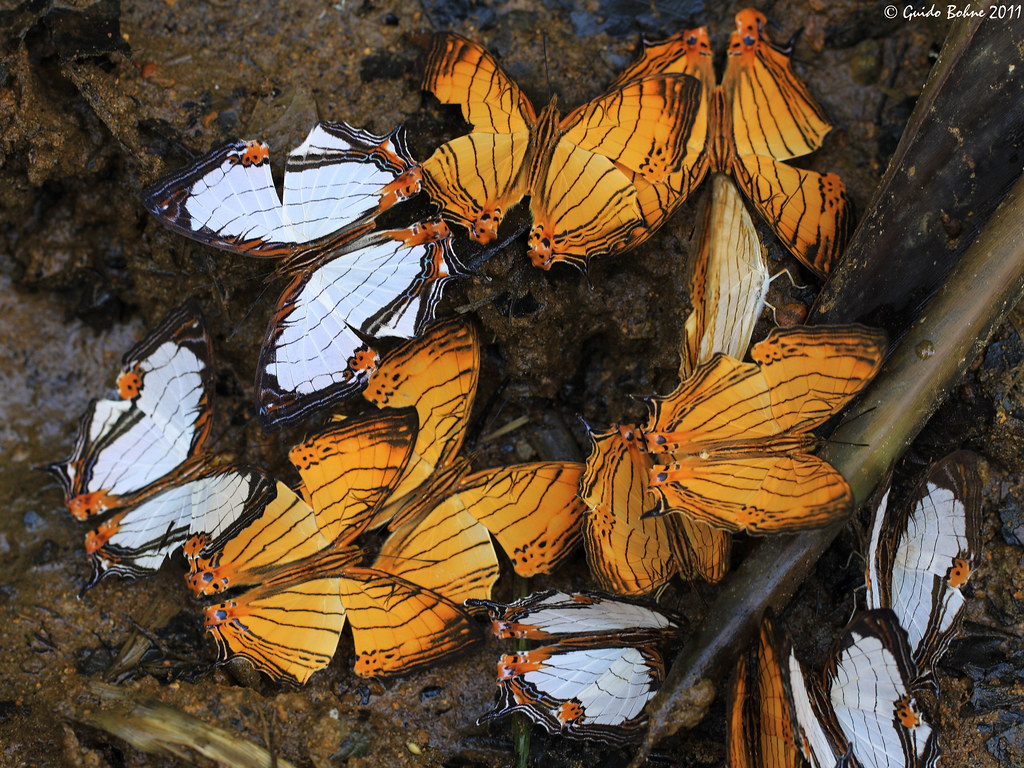
The Map Butterfly’s wing patterns contain information that goes far beyond simple camouflage, serving as a complex communication system that helps individuals navigate during seasonal movements. Scientists have discovered that the intricate line patterns on the wings correspond to actual geographical features in the butterfly’s habitat, creating a form of biological GPS that helps individuals orient themselves during short-distance migrations between breeding and overwintering sites.
These navigation aids become particularly important during the autumn dispersal, when butterflies must locate suitable overwintering sites before the onset of cold weather. The wing patterns may help individuals recognize familiar terrain features and maintain their bearing even when displaced by wind or other environmental factors. This remarkable adaptation suggests that the “map” nickname for these butterflies is more literal than scientists initially realized.
The precision of these natural navigation systems has caught the attention of researchers developing bio-inspired navigation technologies. By studying how Map Butterflies use their wing patterns for orientation, scientists hope to develop more efficient navigation algorithms for autonomous vehicles and robotic systems that must operate in challenging environments.
The Role of UV Light in Butterfly Deception
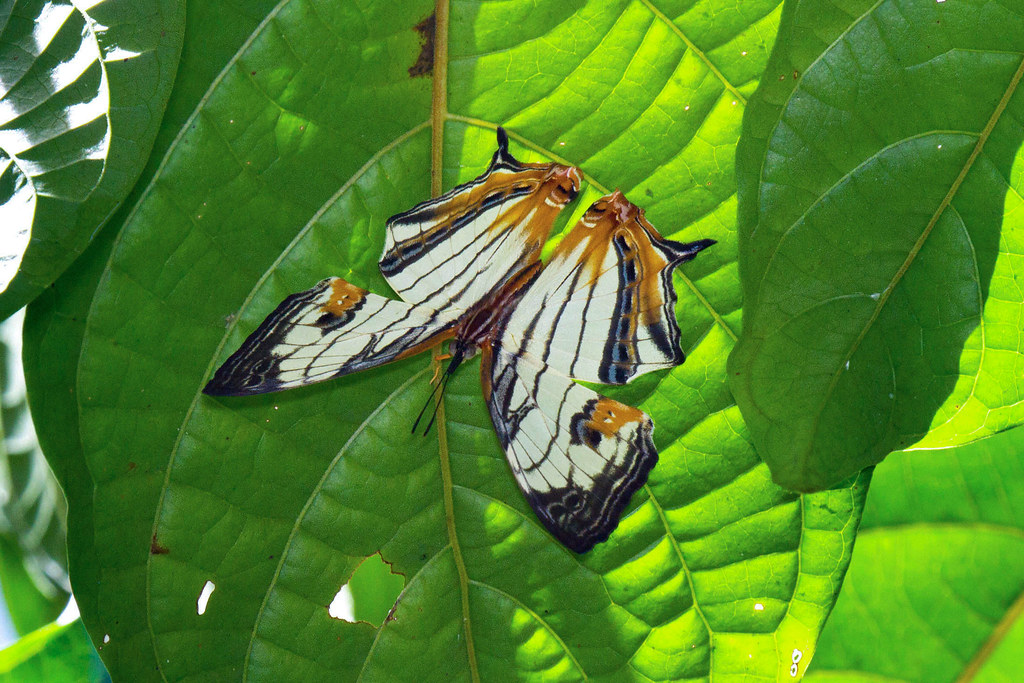
Human eyes see only a fraction of the visual information available to the Map Butterfly’s predators and potential mates. Many birds and insects can detect ultraviolet light, revealing hidden patterns on butterfly wings that are completely invisible to us. The Map Butterfly’s wings contain specialized scales that reflect UV light in specific patterns, creating an additional layer of visual communication that operates beyond our perception.
These UV patterns serve multiple functions, from species recognition during mating to predator deterrence through false signaling. Some areas of the wing that appear uniformly colored to human eyes actually contain complex UV patterns that may mimic the appearance of dangerous insects or create confusing visual signals that make it difficult for predators to track the butterfly’s movement.
Research using specialized UV photography has revealed that the Map Butterfly’s wing patterns are even more complex than previously thought, with multiple layers of visual information operating simultaneously. This discovery has led scientists to reconsider their understanding of butterfly camouflage and communication, recognizing that these insects operate in a visual world far more complex than our own.
Seasonal Timing and Survival Strategies
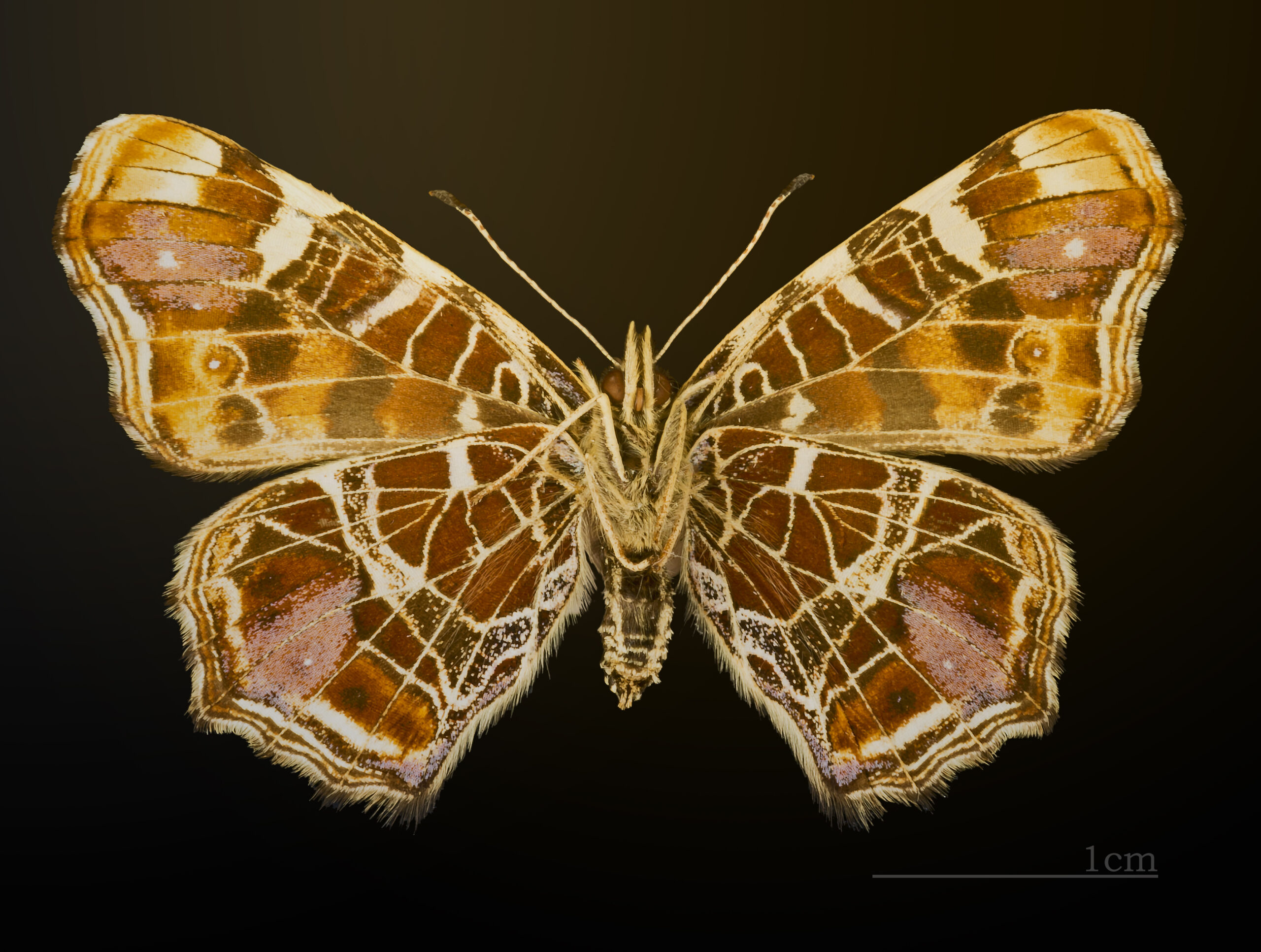
The Map Butterfly’s seasonal transformations are precisely timed to coincide with changes in their environment that affect both food availability and predator behavior. The spring generation emerges when fresh nettle growth provides optimal nutrition for egg-laying females, while the summer generation appears during peak insect activity when predation pressure is highest. This timing ensures that each generation’s wing patterns are optimally adapted to the specific challenges they’ll face.
The synchronization between butterfly emergence and environmental conditions is so precise that climate change is beginning to disrupt these ancient patterns. Rising temperatures and shifting seasonal patterns are causing mismatches between butterfly development and the environmental cues they’ve evolved to respond to. Some populations are emerging earlier than usual, while others are experiencing developmental problems due to unusual temperature fluctuations.
These timing disruptions highlight the delicate balance that exists between the Map Butterfly’s survival strategies and their environment. The same environmental sensitivity that makes their camouflage so effective also makes them vulnerable to rapid environmental changes that their evolutionary programming isn’t equipped to handle.
The Evolutionary Arms Race
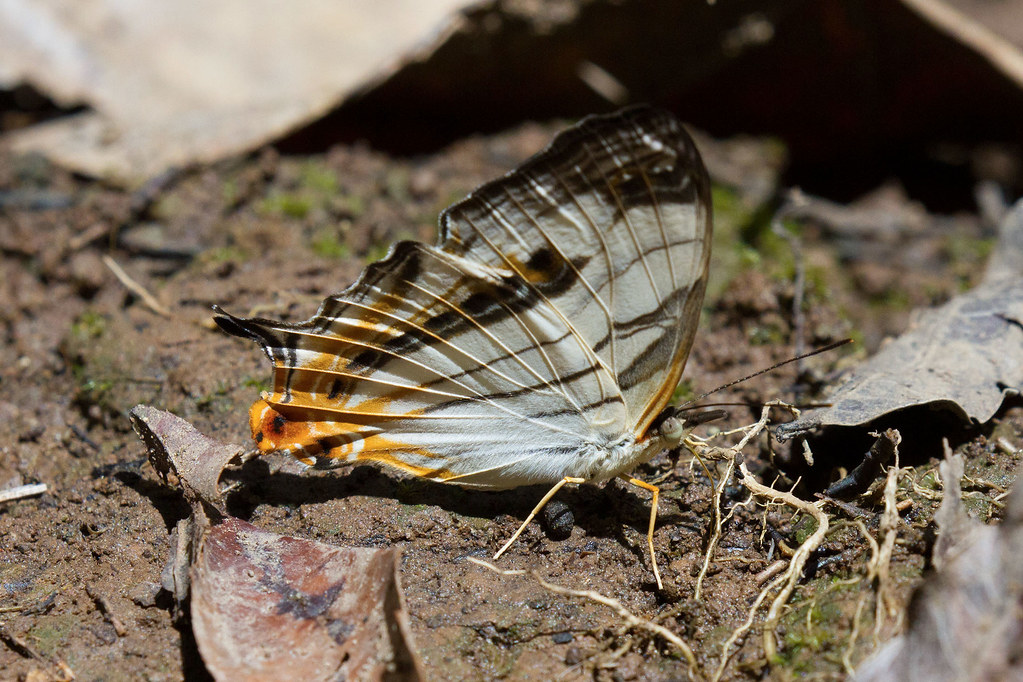
The Map Butterfly’s sophisticated camouflage represents millions of years of evolutionary pressure from predators that have continually improved their own hunting abilities. This ongoing arms race has driven the development of increasingly complex wing patterns that must stay one step ahead of predator adaptations. Fossil evidence suggests that early butterfly ancestors had much simpler wing patterns, with the intricate designs we see today representing the cumulative result of countless generations of selective pressure.
Modern predators have evolved counter-adaptations to butterfly camouflage, including improved color vision, motion detection systems, and learned recognition patterns that help them identify disguised prey. This has forced butterflies to develop even more sophisticated disguises, creating a continuous cycle of adaptation and counter-adaptation that shows no signs of slowing down.
The evolutionary pressure is so intense that even small improvements in camouflage effectiveness can provide significant survival advantages. Computer modeling studies have shown that wing pattern modifications that seem minor to human observers can dramatically improve a butterfly’s chances of survival in the wild, demonstrating the precision required for effective evolutionary adaptation.
Habitat Loss and the Future of Natural Camouflage
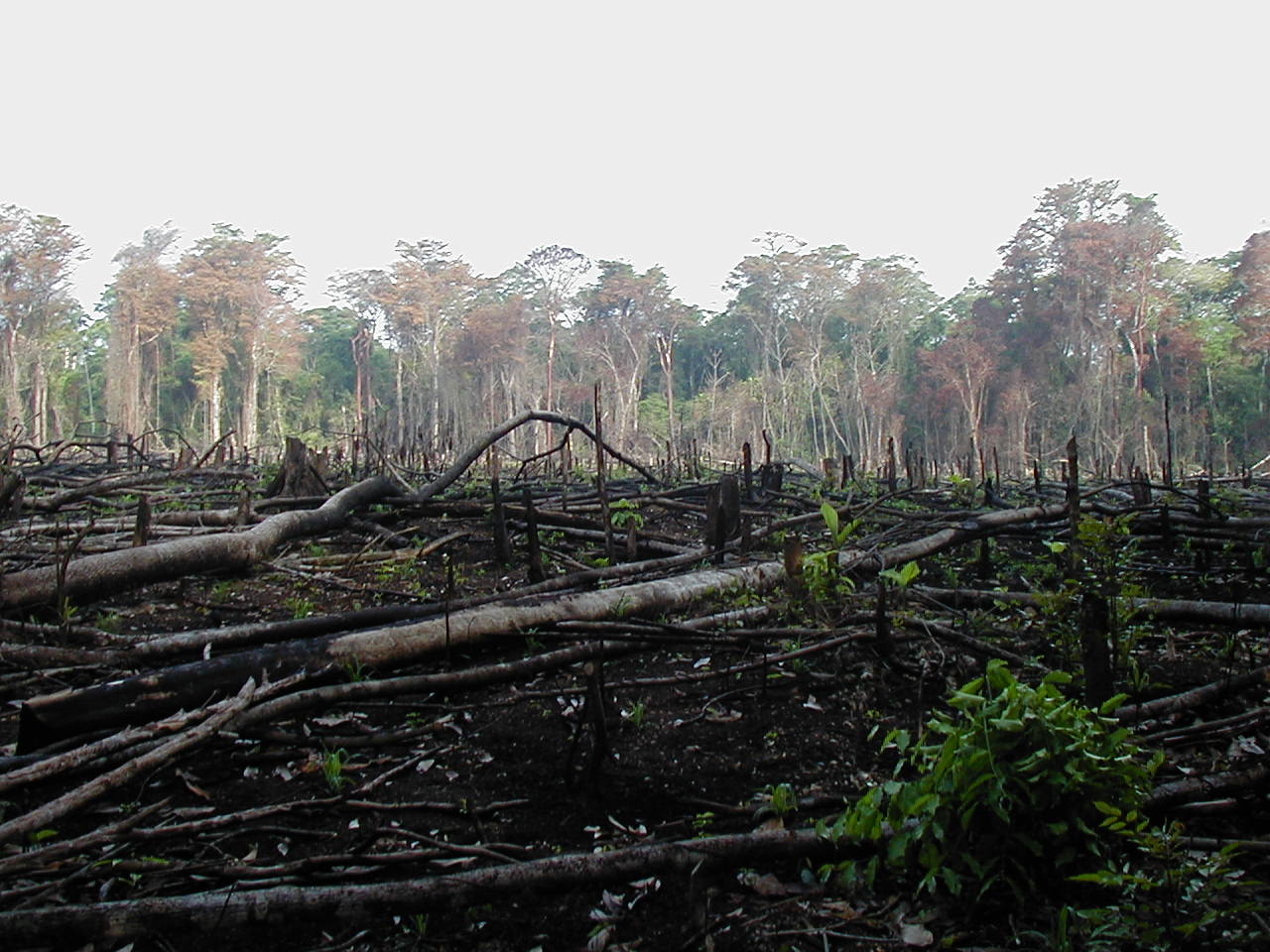
The Map Butterfly’s survival depends on specific habitat conditions that are increasingly threatened by human activities. Deforestation, urban development, and agricultural expansion are fragmenting the continuous forest habitats these butterflies need for their complex life cycles. The loss of nettle patches, which serve as essential host plants for butterfly larvae, is particularly devastating for populations that have evolved to depend on specific plant communities.
Climate change is adding another layer of complexity to these habitat challenges, altering the timing of seasonal events and disrupting the environmental cues that trigger the butterfly’s wing pattern development. Warmer temperatures and irregular weather patterns are causing some populations to produce inappropriate wing patterns for their local conditions, reducing the effectiveness of their camouflage at critical times.
Conservation efforts are focusing on habitat restoration and the creation of wildlife corridors that connect fragmented populations. These initiatives recognize that preserving the Map Butterfly requires maintaining not just individual habitats but entire ecosystems that support the complex relationships between butterflies, their host plants, and their predators.
What Scientists Are Learning From Nature’s Mapmakers
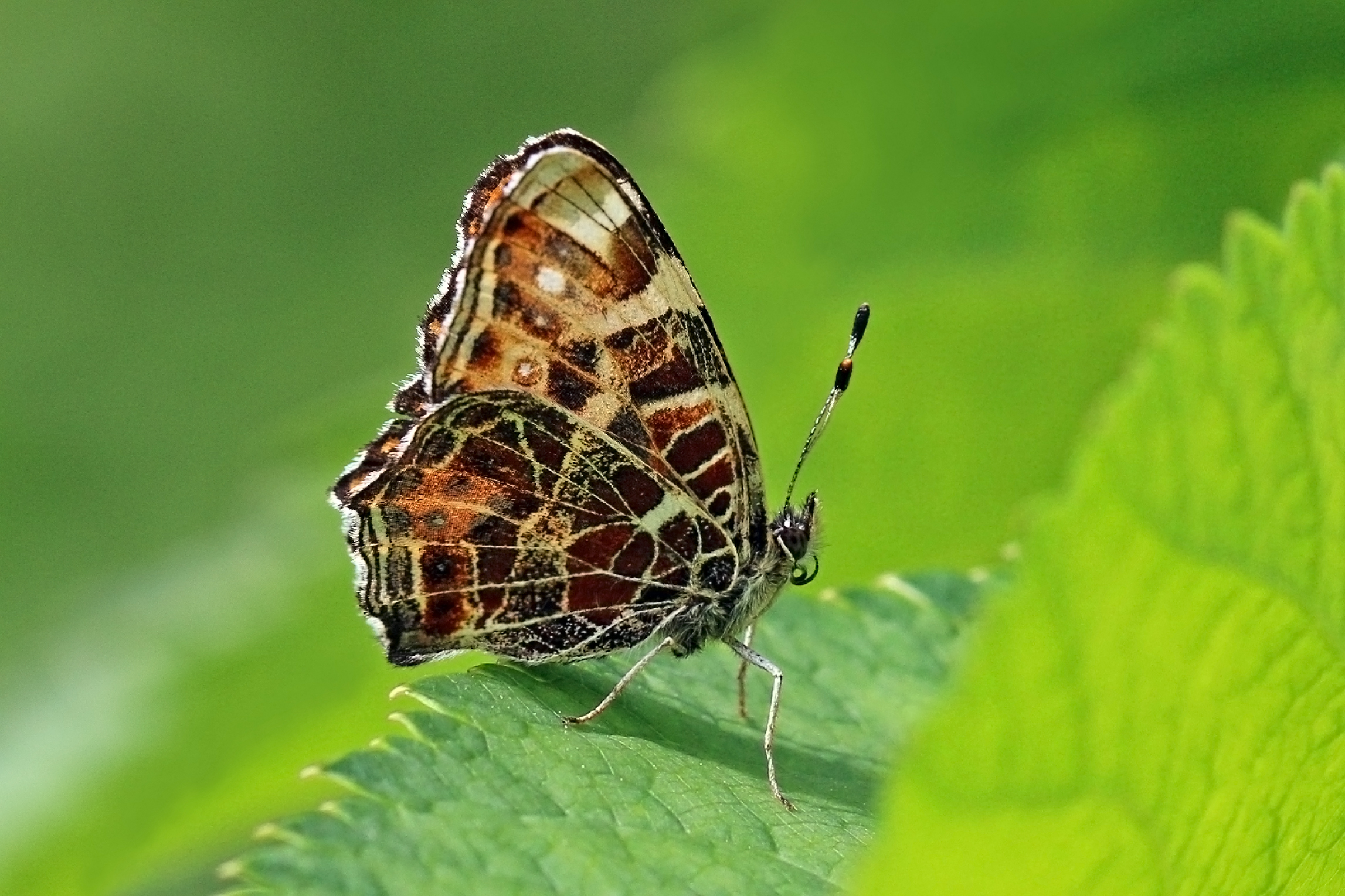
The Map Butterfly’s remarkable adaptations are inspiring new technologies and research approaches across multiple scientific disciplines. Materials scientists are studying the butterfly’s wing scales to develop new types of adaptive camouflage materials that could change color and pattern in response to environmental conditions. These bio-inspired technologies have potential applications in military camouflage, architectural materials, and even medical devices.
Researchers in artificial intelligence are examining how butterflies process visual information to create such effective camouflage, hoping to develop more sophisticated computer vision systems. The butterfly’s ability to integrate multiple types of visual information and respond appropriately to complex environmental cues offers insights into natural information processing that could improve robotic systems and autonomous vehicles.
Ecologists are using the Map Butterfly as a model species to understand how animals adapt to environmental change, providing insights that could help predict how other species might respond to climate change and habitat modification. The butterfly’s sensitivity to environmental conditions makes it an excellent indicator species for monitoring ecosystem health and environmental quality.
The Hidden Language of Wing Patterns
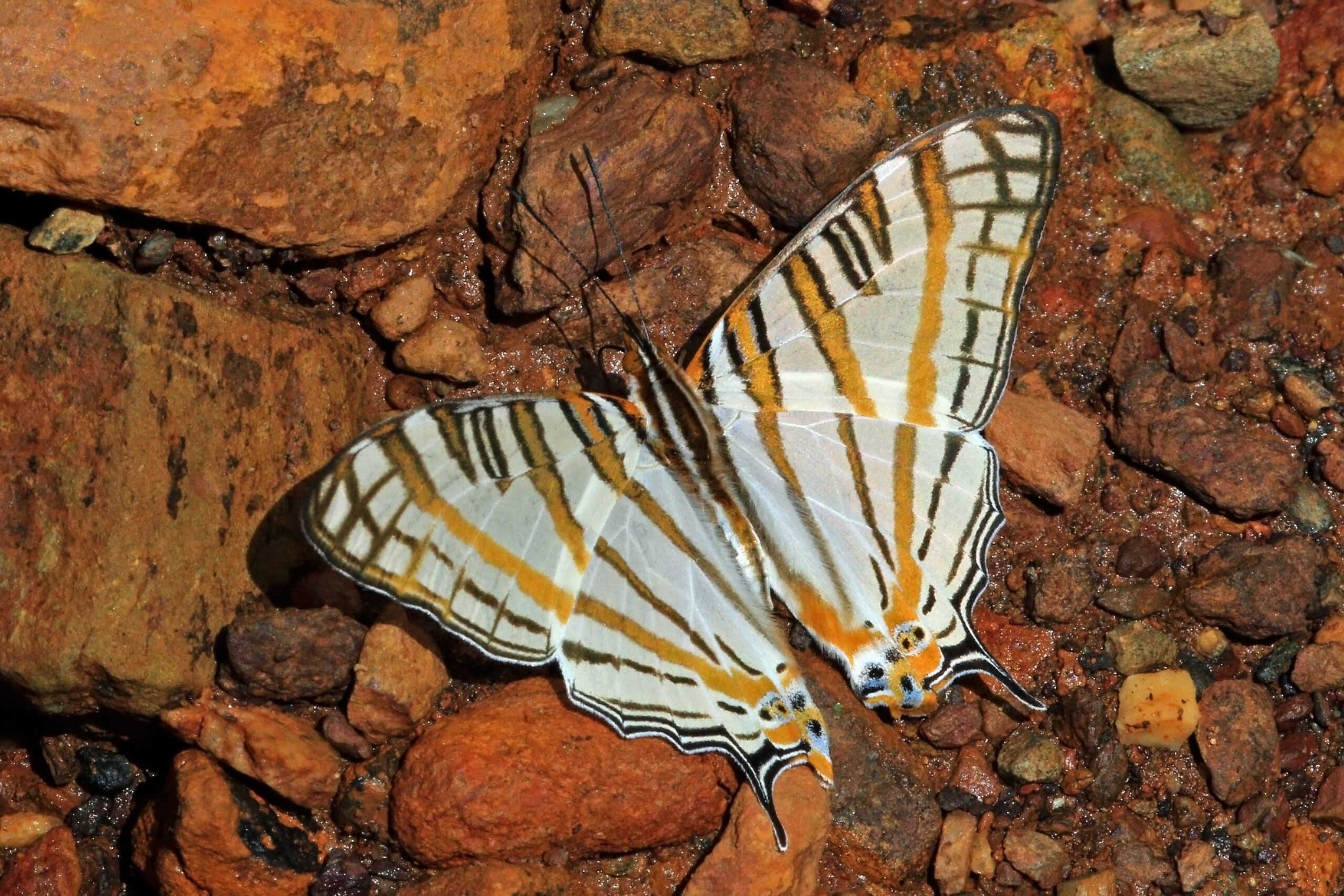
Beyond their role in camouflage and predator avoidance, the Map Butterfly’s wing patterns serve as a sophisticated communication system that operates on multiple levels simultaneously. Individual butterflies can recognize subtle variations in wing patterns that indicate age, health status, and reproductive readiness, allowing them to make informed decisions about potential mates and territorial disputes. These pattern variations are so subtle that they’re often missed by human observers, yet they convey crucial information within butterfly communities.
The communication system extends to chemical signals that are integrated with visual patterns, creating a multi-modal signaling system that maximizes information transfer while minimizing detection by predators. Scent glands located near the wing patterns release pheromones that reinforce the visual messages, creating redundant communication channels that ensure important information gets through even in challenging environmental conditions.
Recent research has revealed that these communication patterns may also serve as a form of social memory, helping butterflies remember and recognize individuals they’ve encountered before. This recognition system could play important roles in territorial behavior, mate selection, and even cooperative behaviors that scientists are just beginning to understand.
The Butterfly’s Weather Prediction System
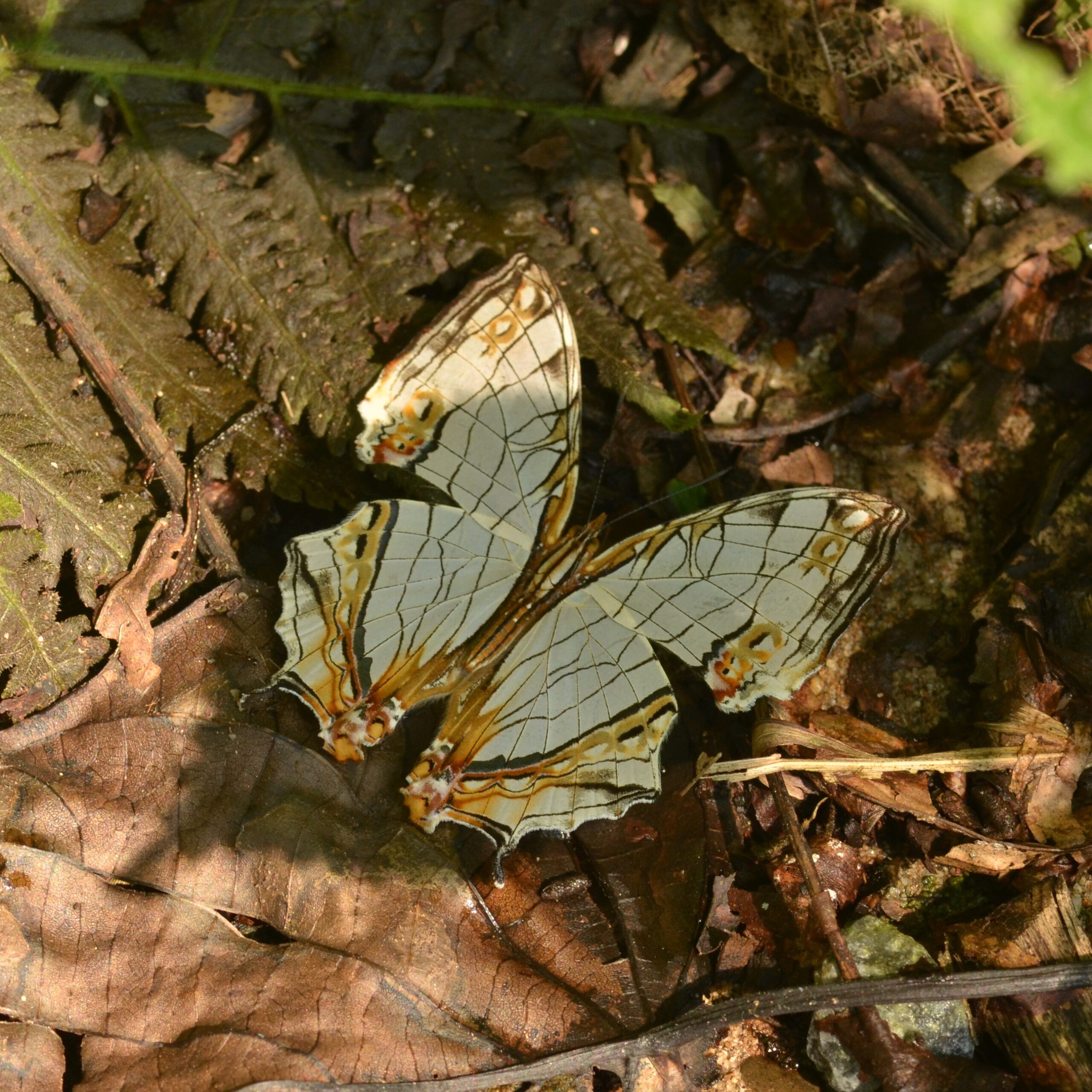
The Map Butterfly’s wing patterns contain information that helps them predict and respond to changing weather conditions, functioning as a biological weather station that influences their behavior and survival strategies. The same environmental sensitivity that determines wing pattern development also allows adult butterflies to detect subtle changes in atmospheric pressure, humidity, and temperature that precede weather changes.
This weather prediction ability helps butterflies time their activities to avoid storms, find shelter before temperature drops, and optimize their foraging and mating activities around favorable weather conditions. The integration of environmental sensing with behavioral responses demonstrates how the butterfly’s survival depends on maintaining constant awareness of their surroundings.
The accuracy of these biological weather prediction systems often exceeds that of human forecasting methods, particularly for short-term local weather changes. Scientists studying these natural prediction systems hope to improve human weather forecasting by understanding how butterflies integrate multiple environmental cues to anticipate weather changes.
Conclusion
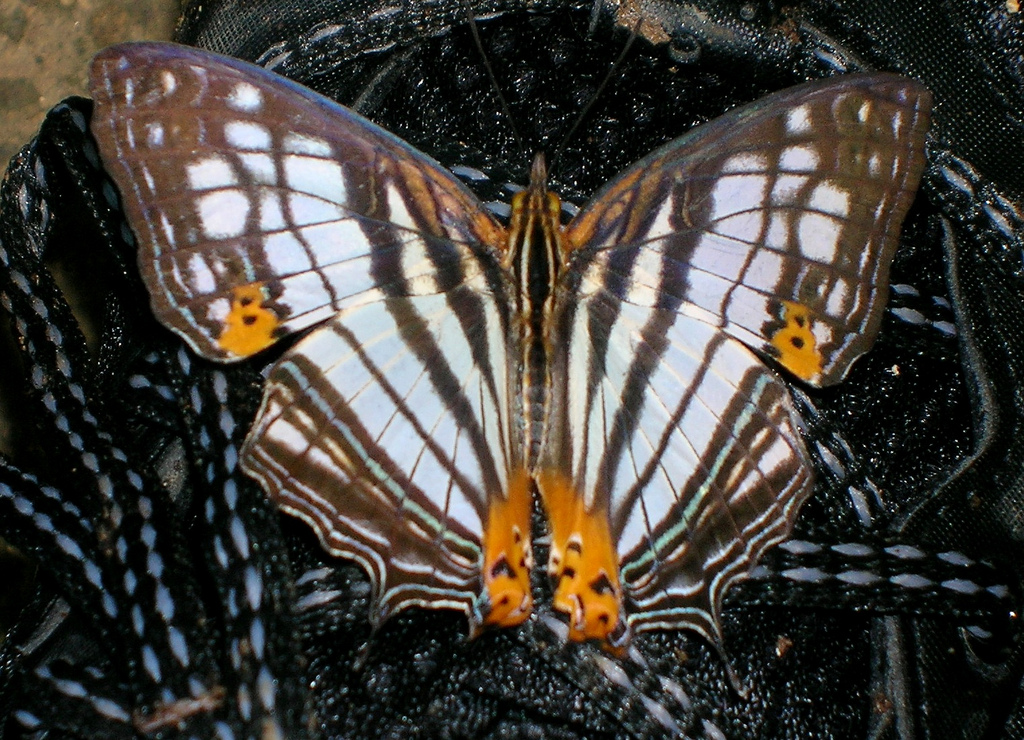
The Map Butterfly stands as one of nature’s most remarkable examples of evolutionary ingenuity, combining visual artistry with sophisticated survival strategies that have been refined over millions of years. Their wing patterns represent far more than simple camouflage — they’re complex biological systems that integrate environmental sensing, predator avoidance, communication, and navigation into a single, elegant solution. These butterflies demonstrate that survival in the natural world requires not just physical adaptations but also behavioral flexibility, environmental awareness, and the ability to integrate multiple types of information simultaneously.
As we face an uncertain environmental future, the Map Butterfly’s story offers both inspiration and warning. Their remarkable adaptations show us what’s possible when organisms have the time and stable conditions needed for evolutionary refinement, while their vulnerability to environmental change reminds us of the delicate balance that sustains natural systems. Understanding and protecting these master survivors isn’t just about preserving a single species — it’s about maintaining the complex ecological relationships that make such extraordinary adaptations possible.
What secrets might still be hidden in those intricate wing patterns, waiting for the right technology or insight to reveal them?

